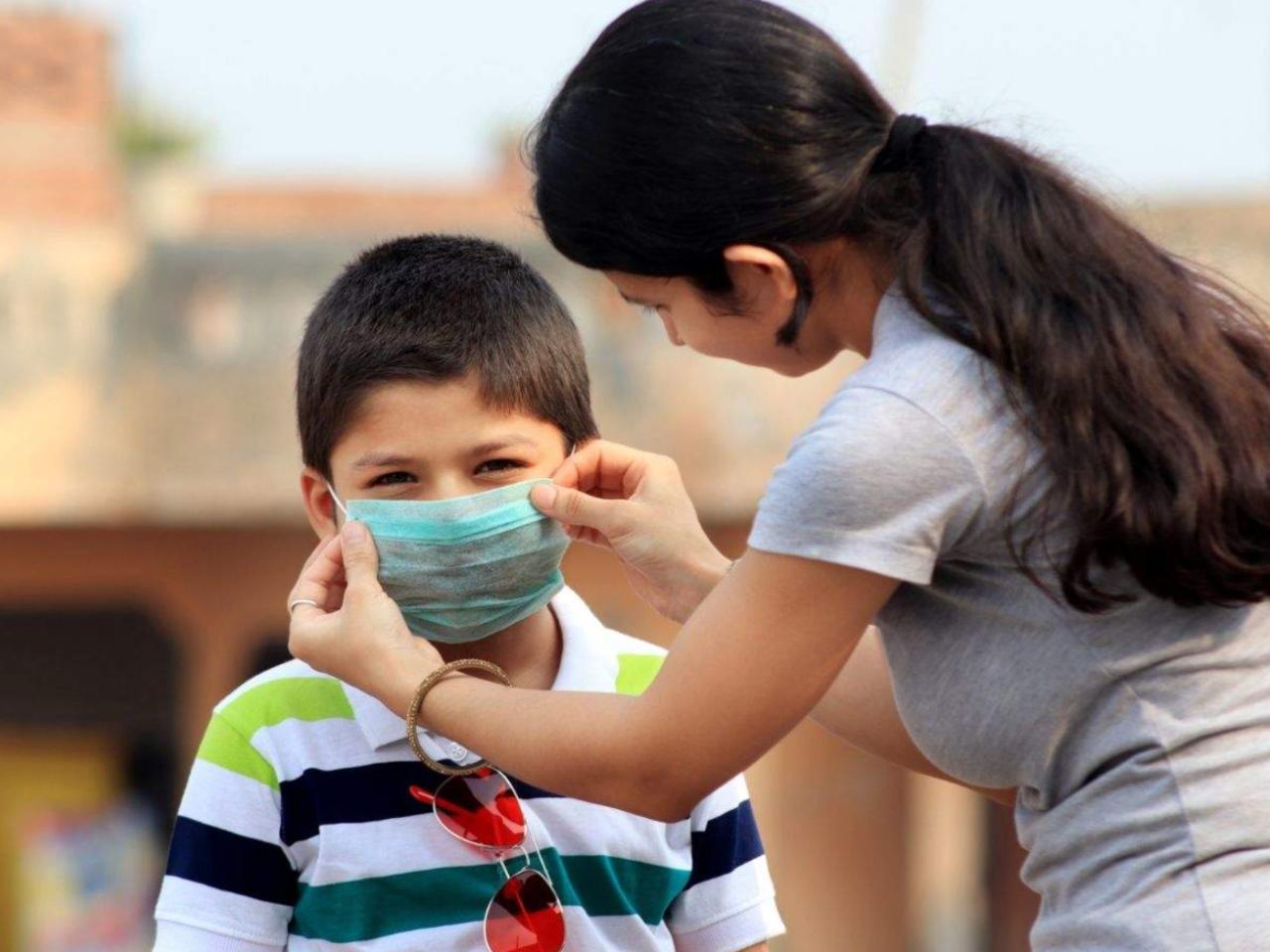
Public Health Experts Share How They’re, Keeping Their Kids Safe From COVID-19.
Here are, five common questions about keeping your kids safe from COVID-19, , answered by public health experts who are also parents.
1.
What do you do if your child develops symptoms such as sneezing, sniffles or a runny nose?, Virologist Seema Lakdawala recommends consulting your pediatrician and taking any known allergies into consideration.
.
If there’s even a slight possibility that your child was exposed to COVID-19, getting tested is quick and easy.
2.
What if my child tests positive for COVID-19?
, Dr. Pierre says the most important thing is not to panic, as most cases of COVID-19 in children are mild.
.
From there, it’s imperative to have a plan in place to prevent household spread, such as making sure eligible children and adults are vaccinated, wearing face masks in the house as much as possible and periodically cleaning shared surfaces.
From there, it’s imperative to have a plan in place to prevent household spread, such as making sure eligible children and adults are vaccinated, wearing face masks in the house as much as possible and periodically cleaning shared surfaces.
3.
What kind of mask should my child be wearing?, Dr. Pierre says the best mask is “one that they can wear for long periods of time.” .
This means a well-fitted cotton mask, preferably with fun designs on it, that is comfortable, lightweight and breathable.
.
4.
Can I hug my child if they have COVID-19?
, While Dr. Pierre recommends physical distancing with older children, she acknowledges the difficulty of doing so with younger children or with a child that needs comfort.
.
Doing all you can to promote respiratory hygiene, such as wearing a mask, opening windows and using air purifiers, will allow you to be there for your child while also helping reduce the risk of transmission.
Doing all you can to promote respiratory hygiene, such as wearing a mask, opening windows and using air purifiers, will allow you to be there for your child while also helping reduce the risk of transmission.
Doing all you can to promote respiratory hygiene, such as wearing a mask, opening windows and using air purifiers, will allow you to be there for your child while also helping reduce the risk of transmission.
5.
What do I do if my child is sent home after being possibly exposed to COVID-19 at school?, Dr. Pierre suggests taking reasonable precautions such as keeping some physical distance between the child and other household members and getting tested.
A full-blown quarantine isn’t necessary unless the child’s exposure was direct, they develop symptoms or they test positive for COVID-19.
.
If no symptoms develop or they test negative, you should still wait 7 to 14 days to resume usual activities, unless your school’s policy says otherwise.







